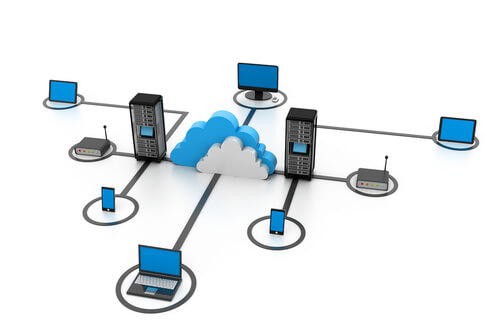5 Key Elements of Networking Infrastructure You Need to Know
In our increasingly connected world, the networking infrastructure is the backbone of modern communication and business operations. To ensure seamless connectivity and data transfer, it’s crucial to understand the five key elements of what is networking infrastructure:
Hardware Components:
The hardware components form the physical foundation of any network. This includes routers, switches, hubs, and cables. Routers, for instance, play a vital role in directing data packets between different networks, while switches and hubs facilitate communication within the same network. Choosing the right hardware components and maintaining them is essential for a stable and efficient network to know what is networking infrastructure.
Software and Protocols:
Software and protocols are the brains of a network. Network protocols, such as TCP/IP, govern how data is transmitted and received. Network management software is essential for monitoring and optimizing network performance. Additionally, security software like firewalls and intrusion detection systems help protect the network from threats.

Data Transmission:
The data transmission method determines how data is sent and received. Ethernet, Wi-Fi, and fiber-optic connections are common examples. Understanding these technologies helps in selecting the most suitable method for your network’s needs. For instance, Ethernet is reliable for wired connections, while Wi-Fi provides the convenience of wireless connectivity.
Network Topology:
Network topology refers to the physical or logical layout of a network. Common topologies include star, bus, ring, and mesh. Each has its advantages and drawbacks. The choice of topology can impact factors like reliability, scalability, and ease of maintenance. Understanding network topology helps in designing a network that aligns with your goals.
Scalability and Redundancy:
Scalability is the ability to expand or shrink a network to accommodate changing needs. Redundancy is about ensuring network reliability through backup systems. Both are crucial considerations in networking infrastructure. By planning for scalability, you can adapt to future growth without a complete overhaul. Redundancy ensures that if one part of the network fails, another takes over seamlessly, reducing downtime.
In conclusion, networking infrastructure is a complex and essential component of our modern world. Understanding these five key elements will help you make informed decisions when designing, maintaining, or upgrading your network. Whether you are setting up a home network or managing a large corporate infrastructure, this knowledge is invaluable in ensuring reliable, efficient, and secure connectivity. Moreover, as technology continues to evolve, staying informed about the latest trends and innovations in networking is crucial to keep your infrastructure up to date and capable of meeting the demands of the future.